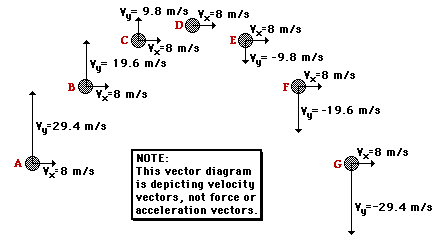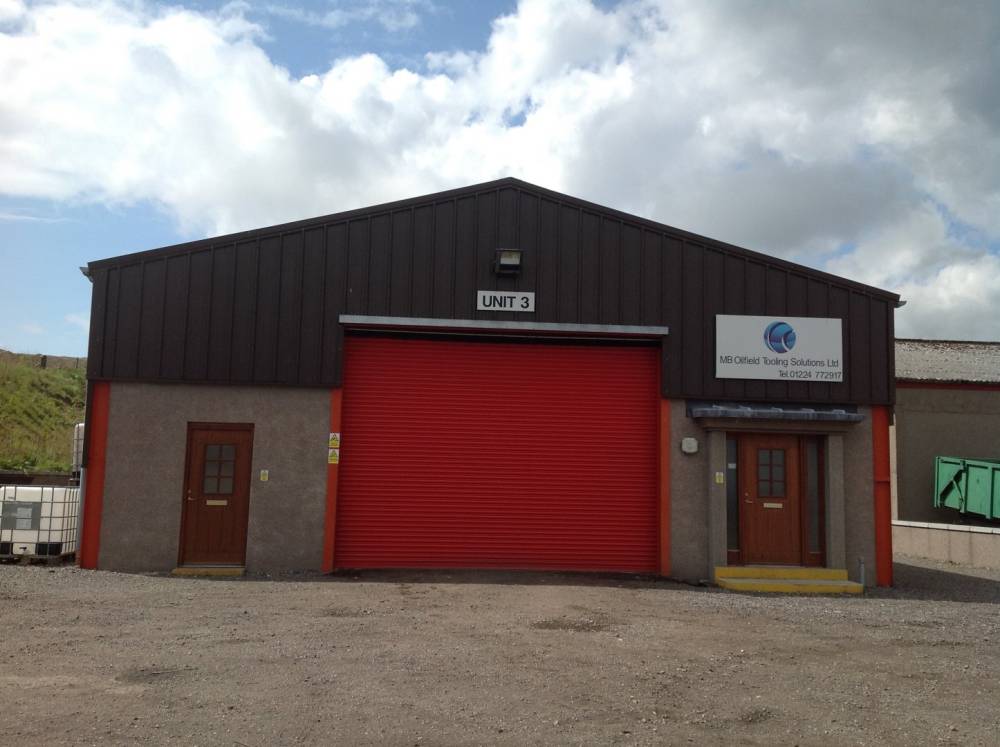
(next): Chapter $1$: Electrical Quantities: Definitions and Laws: Definitions: Table $1$-$2$: Important Derived Quantities Smith: Circuits, Devices and Systems (3rd ed.) . (next): $1.$ Units and Abbreviations: $1.2$ SI units $(2)$ Derived units Whitelaw: Data and Formulae for Engineering Students (2nd ed.) . $\mathrm N := \mathrm $: Motion, Sound and Heat: Chapter $3$: The Laws of Motion: Mass The symbol for the newton is $\mathrm N$.

This arises from Newton's Second Law of Motion, which states that such an acceleration exists under the influence of such a force. More pages related to measurement unit technical terms.The amount of force required to accelerate a mass of one kilogram at a rate of one metre per second squared.
Breakdown of newton unit how to#
This page explains how to convert wind speed to pressure, and you can use this tool to convert wind speed to pressure values. How do you convert a wind speed in kph to a pressure in pascal? Pressure = Force / Area = Newton per Square Metre ( N/m2) = Pascal (Pa) KpH wind speed to pascal pressure conversion Since pressure is derived from the force acting on a unit area, pascals are derived from the SI units for Force and Area which are Newtons and Metres respectively. What is the SI unit of measurement for pressure? The bar pressure unit is exactly equal to 100,000 pascals or N/m2 The pascal pressure unit is actually the SI unit derived from 1 Newton per Square Metre. What is the relationship between pascal, bar and Newton per meter squared? Pascal relationship to N/m² & bar So 5 Pa below atmospheric pressure (-5 Pa gauge) would be a very slight suction pressure, but if it is 5 Pa above a perfect vacuum (5 Pa absolute) it would be a strong vacuum at the opposite end of the vacuum scale. However vacuum can be referenced to atmospheric pressure or a perfect vacuum. Therefore 5 Pa would be ~ 0.005% of atmosphere, so small in comparison to the total vacuum range.

KpH wind speed to pascal pressure conversion.To convert multiple values from or to pascals please use the online conversion tool for pressure. To determine the equivalent value of a pascal measurement in other units you can multiply it by the choices displayed in the table below. The pascal unit is completely independent of ambient temperature, local gravity and media density. Unlike other units such as psi, kgf/cm2, mH2O and inHg the pressure value that the pascal unit represents is unchanging no matter where and how it is used. The pascal is more commonly used as larger multiples of the unit which are the hectopascal (hPa), kilopascal (kPa) and the megapascal (MPa) unit, these are more practical when measuring mid range pressures.

Since 1 pascal is a very low pressure being 1/100 of a millibar, it’s use is limited to ultra low gas pressure applications such as measuring the pressure differences in ventilation systems. Pascal is the SI unit for pressure and is derived from other SI units using the following relationship: Pa = (kg.m/s²)/m² = kg/m.s² = N/m².


 0 kommentar(er)
0 kommentar(er)
